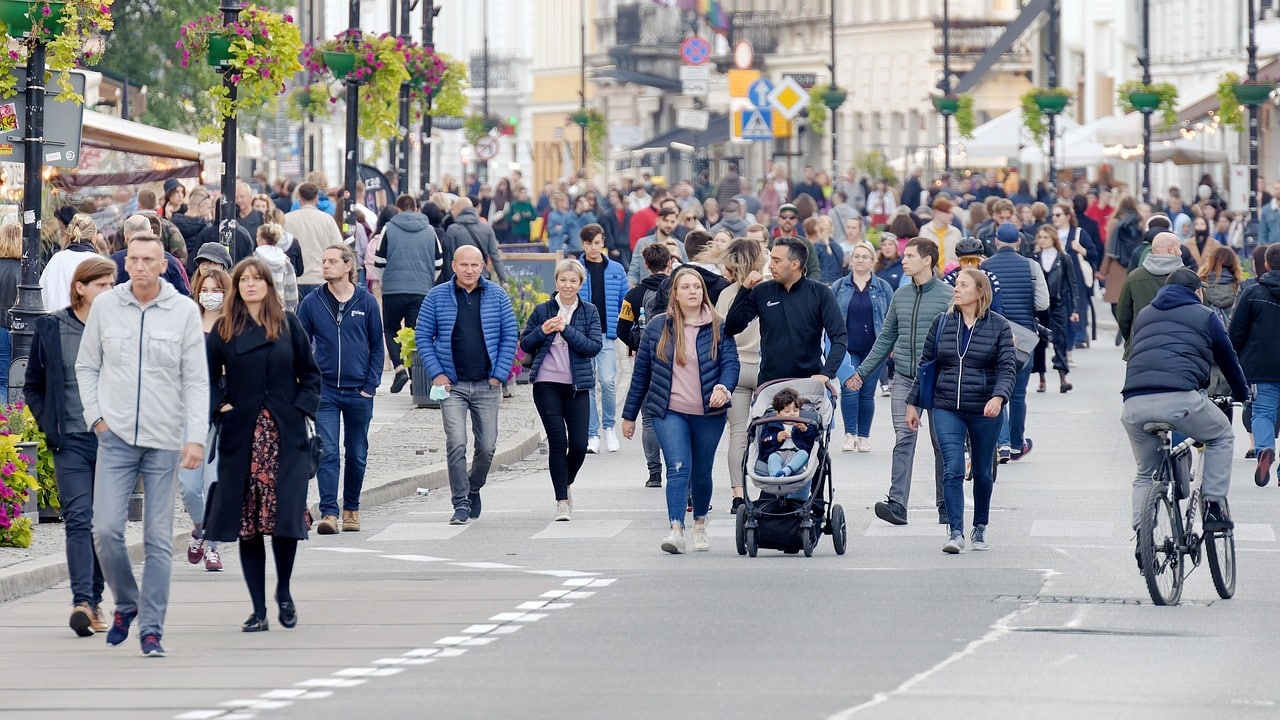Now more than ever before, urban residents are finding themselves living in concrete jungles, with limited access to green spaces. With the constant hustle and bustle of city living, it’s no wonder that stress levels are through the roof. But could the answer to managing stress be as simple as spending time in a park? A growing body of evidence, derived from studies cross-referenced in databases like PubMed, Crossref and Google Scholar, suggest that there just might be a significant association between green spaces and mental health. This article delves into this connection, examining the extent to which green spaces can contribute to improved mental health and reduced stress among urban dwellers.
Green Spaces and Mental Health: Unraveling the Connection
The concept of urban green spaces can be quite broad, stretching from parks and gardens to nature reserves and forests within or close to urban areas. The impact of these green spaces on mental health has been the subject of numerous studies, with data from PMC free papers, Google Scholar, and PubMed Crossref articles pointing towards a correlation.
Dans le meme genre : How do mobile health apps influence patient empowerment and self-care?
Findings from a study published in the ‘Public Health’ journal, available on DOI PMC, indicated that interaction with green spaces can lead to significant improvements in mood and self-esteem. Exposure to nature, according to this study, helps in reducing negative emotions, such as anger, fatigue, and sadness, while promoting feelings of tranquillity and balance.
In an urban context, where residents are constantly exposed to stressors such as noise and air pollution, high population density, and traffic congestion, green spaces can serve as therapeutic buffer zones. They provide a natural oasis, offering a respite from the chaotic environment and helping to alleviate stress levels.
A lire aussi : How can architectural design promote energy-efficient passive heating and cooling?
Physical Activity in Green Spaces and its Impact on Stress Levels
Going beyond the sheer aesthetics of green spaces, their role in facilitating physical activity is another key factor to consider when exploring their impact on stress levels. Having a park or garden nearby provides an open space for exercise and play, promoting healthier lifestyles.
Even basic physical activities like walking or cycling in a green space can have a profound impact on stress. A free article on DOI PubMed reveals that physical activity in a natural environment can lead to a 20-30% higher level of self-reported mental health compared to physical activity in other settings.
The explanation? It’s a combination of factors, including the pleasant scenery, fresh air, and the calming effect of being surrounded by nature. All these elements work together to enhance the pleasure derived from the physical activity, making it feel less strenuous and more enjoyable.
The Role of Green Spaces in Urban Environments: A Closer Look at the Data
To understand the magnitude of the impact that green spaces can have on urban residents’ mental health, it’s essential to delve into the data available in health DOI, PubMed Crossref, and Google Scholar databases.
A study cited in ‘Environ Res’ journal revealed that increased exposure to green spaces can result in reduced mental distress and higher life satisfaction. In a separate window, another study found a significant association between proximity to green spaces and reduced levels of stress, as measured by cortisol levels.
This data provides compelling evidence of the therapeutic power of nature, underscoring the importance of preserving and promoting green spaces in urban areas for public health.
Conclusion: Towards Greener, Healthier Urban Living
In conclusion, the connection between green spaces and reduced stress in urban residents is substantiated by numerous studies and data. The tranquil setting of a green space offers a much-needed break from the urban grind, alleviating stress and promoting mental well-being.
Moreover, the role of green spaces in encouraging physical activity also contributes to stress reduction, offering a multi-pronged approach to mental health improvement.
As urbanization continues to rise, city planners and developers should prioritize the integration of green spaces into their design. By doing so, they help foster healthier, happier urban communities, demonstrating that city living and nature need not be mutually exclusive.
The green, urban space is not just a luxury for city dwellers; it’s a necessity for their mental health and well-being. The data clearly illustrates this, and we hope that city planning will take this into consideration, fostering an urban future where green spaces are as common as concrete buildings. It’s time to embrace the green for our health.




































